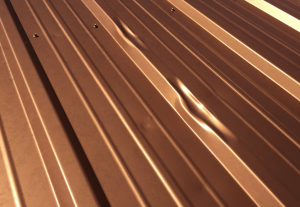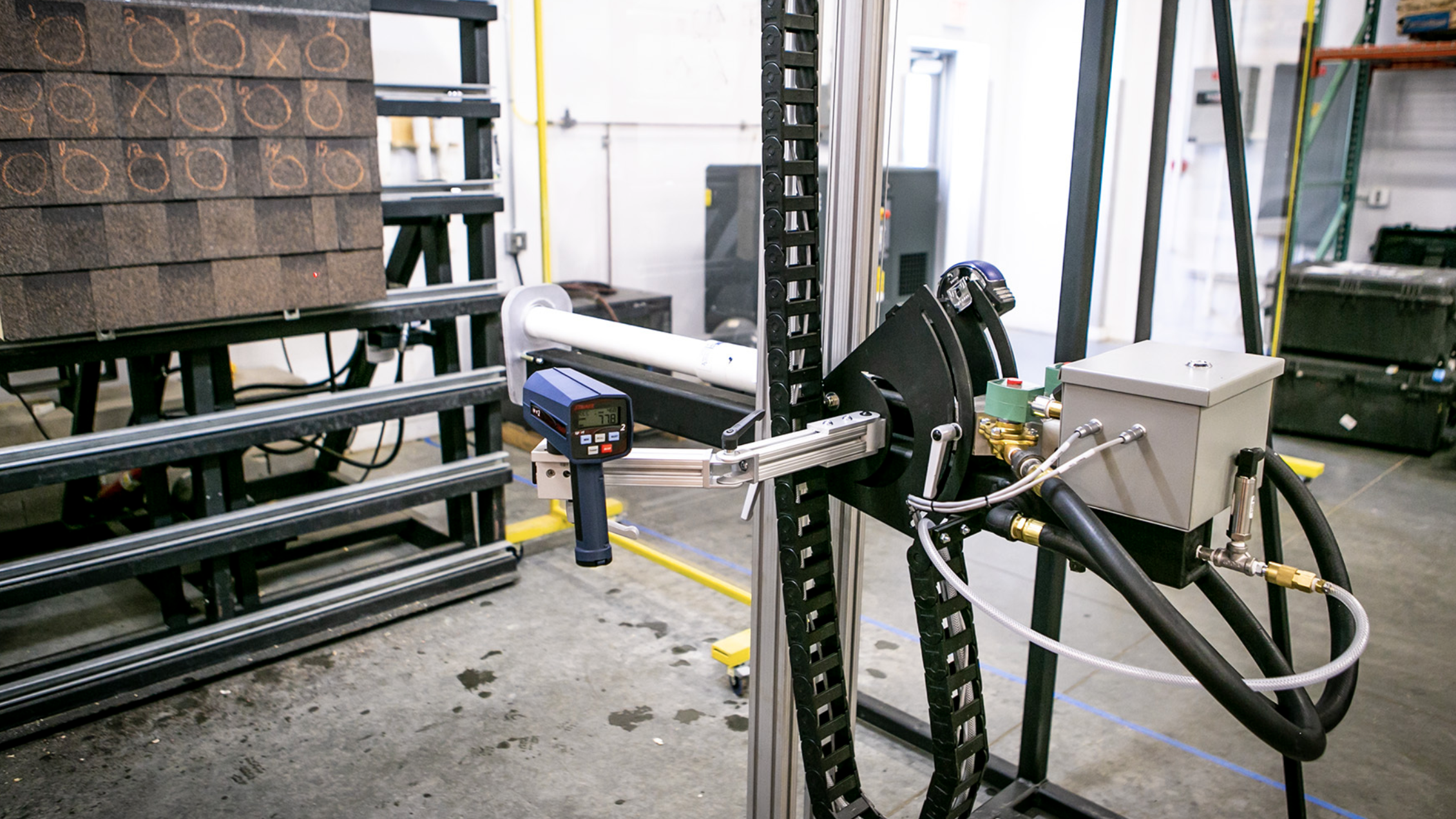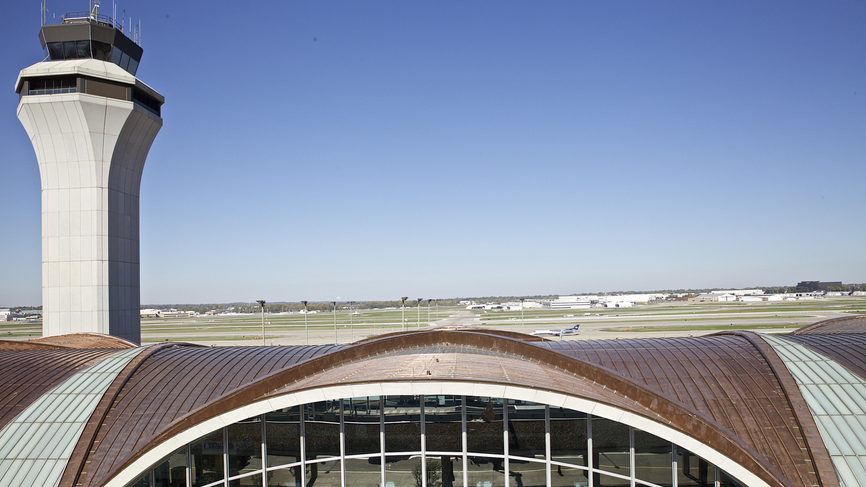Because of the widespread damage from this storm, the teams were given addresses in a specific area that, according to hail maps, had significant damage. The teams observed and recorded the effects of varying sizes of hail on different types of roofs. In some cases, the teams would be able to speak to the owner of the home or manager of the building. In no case would the team speculate on the need to replace or repair the roof nor did the team suggest someone to call to repair the roofs. This investigation was purely to gather research information through photo documentation, measurement and observation of the hail damage.

In some areas, large quantities of smaller, very dense hail was blown with high winds onto the steep sides of windward-facing slopes, resulting in more damage than would be expected just based on hail size.
The web-based program was developed by RICOWI’s Hail and Wind Program Coordinator David Roodvoets. The Google-based program was built to use the same research questions previously used in earlier research, therefore, expediting analysis. Each team completed one form per build- ing. If the team did not have access to the web during their investigations, they completed a paper form and later entered the data into the web form. The addition of this online program allows RICOWI’s report of the research teams’ findings to be completed and distributed in a shorter period.
FINDINGS
Investigation findings were generally the same as in the previous two RICOWI HIP reports from Norman, Okla., in 2004 and Dallas in 2011. However, the Dallas/Fort Worth study was particularly interesting because a large area in and around Wylie, Texas, had hail as large as 4 inches in diameter. In general, roofing materials are not designed to resist this extremely large hail and the teams’ research substantiated that.
In other areas, large quantities of smaller, very dense hail was blown with high winds onto the steep sides of windward-facing slopes, resulting in more damage than would be expected just based on hail size.
“I have participated in all three RICOWI HIP studies. While all three studies yielded good data, this storm was unique for the truly catastrophic hail damage that occurred in the city of Wylie, which was a small portion of the storm path,” notes Richard F. Herzog, P.E., RRC, branch manager/principal engineer/meteorologist for Haag Engineering Co., Burnsville, Minn.
At the end of the week, the teams investigated 177 properties. The information from the research conducted will be compiled into a formal report by team members and RICOWI staff that will be available at no cost on RICOWI’s website.
Formal reports from RICOWI’s previous hailstorm investigations in Norman and Dallas are posted on the website currently. These reports are used by professionals from the roofing industry, code officials and the insurance industry. Because the reports provide unbiased, detailed information about the hail resistance of low- and steep-slope roofing systems from credible investigative teams and document roofing systems that fail or survive major hailstorm events, they provide educational materials for roofing professionals to design hail-resistant roofing systems. All data can be used to improve building codes, roof system design, and educate the industry and public.
In addition, RICOWI has partnered with the Tampa, Fla.-based Insurance Institute for Business & Home Safety to develop a “Best Practice” manual that will be used as a reference document to provide a better understanding of roofing best practices for various roofing products. This reference manual will include all roofing categories with information about product identification, performance installation requirements, maintenance and damage identification, and identification of various types of roof damage.
RICOWI’s reports are meant to create a greater industry understanding of what causes roofs to perform or fail in severe hail events, leading to overall improvements in roof system durability; the reduction of waste from reroofing activities; and a reduction in insurance losses, which will lead to lower overall costs for the public.
Join RICOWI
As a roofing industry think tank comprised of a diverse group of roofing industry professionals, RICOWI is working to help address improvement in roofing systems through unbiased research and education. Active committees are working on issues related to codes, moisture control/green, underlayment, wind and hail.
RICOWI invites interested groups and individuals to participate in its discus- sions and attend its two annual meetings and seminars. The next seminar and meeting will be held in Colorado on Oct. 4-5, 2016. A tour of the National Center for Atmospheric Research will be included. Additional information about membership and meetings is available on RICOWI’s website, or contact the RICOWI office at (330) 671-4569.
Wind Research
RICOWI has a similar research program for extreme wind events. The Wind Investigation Program has published several reports about hurricane investigations. These reports are available at no cost on RICOWI’s website.
PHOTOS: RICOWI Inc.




Be the first to comment on "RICOWI Provides Unbiased Research on Recent Hail Damage"